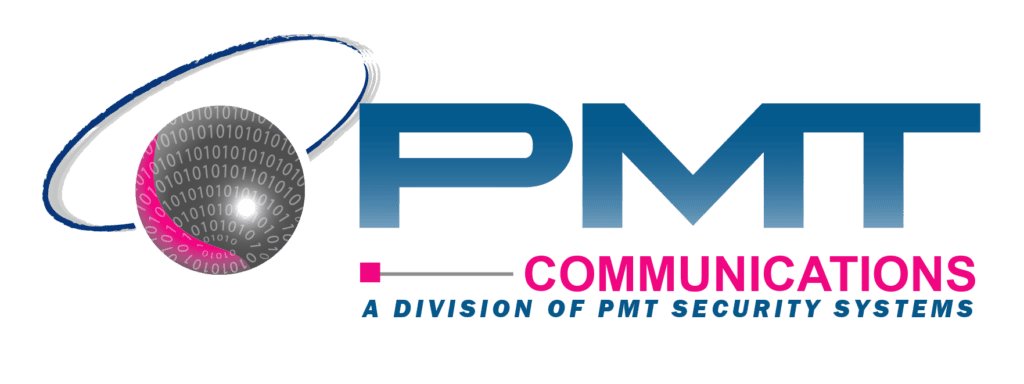Moving into a new premises is both challenging and exciting. New space, new dimensions, new opportunities – but also a time of upheaval and risk. While new space can lead to increased productivity and opportunities to grow, there are a host of considerations including the systems that may be inherited with the building itself.
One of those is generally the security system that a building already has in place. Unless it is a new build, the security system is likely to have been carried over from the previous tenants. It may well have been fit for purpose in the context of the previous occupants, but not necessarily suitable for the new business.
There are may factors at play in this scenario. The space may have been divided into different zones or areas for the previous tenants, or possibly had an open-plan setup that is no longer appropriate. Specific machines, offices or point-of-sale areas may have needed high-definition cameras focused on a precise location, whereas those assets may not apply to the new tenants, or may now be in a different zone within the building space.
Certain cameras are exceptionally good at detecting movement in low-light areas, but may not be as suitable for large, brightly-lit spaces. In the case where a warehouse, separated into aisles, is gutted and repurposed as a hybrid office and packing line for example, expensive high-definition cameras with Wide Dynamic Range (WDR) for picking up dark aisles are no longer optimal.
The infrastructure that sits behind a camera network is also important. In many cases, older cameras will have run on a mix of AV and power cables. These are likely to be outdated, and inefficient for modern business needs. Smart IP cameras running on Power-over-Ethernet (PoE) are able to run both power and data through a single Cat.5 cable, which is both faster, cheaper and more reliable than a mix of infrastructure.
A fast, reliable data network will enable information and video streams to flow throughout the premises, and attached storage should be set up to capture files and images as required. The best security camera network in the world is only partly useful if the network behind it is not up to standard, and businesses can potentially waste thousands of dollars buying state-of-the-art cameras that simply won’t function properly without a fast and reliable internet behind them.
Video Management Software (VMS) is another point of consideration. The cameras need a software suite in order to function, and management of individual and networked devices is performed through the software.
Security service providers also offer a variety of options to a business. Whereas some security providers will simply help you select hardware then install it, value-added and managed service providers (MSPs) also offer as-a-service capabilities, which will move the onus of managing an security network away from the business. Many security functions will be cared for by the MSP including maintenance and monitoring, firmware updates, network analytics and more.
In some cases, the existing camera network may be suitable, and require only minimal “tweaking” to get it running efficiently and fit for-purpose. In other cases, it may well save time, effort and capital to take it out and start again.
An audit of the existing hardware, software, network infrastructure and storage can be the difference between running an inefficient security network, and one that suits the needs of the building as well as the business. A proactive approach to security can save time and money up front, and provide a smart, fit-for-purpose network of cameras that match the individual requirements of the business, at a total-cost-of-ownership that fits the budget and ticks every box.

